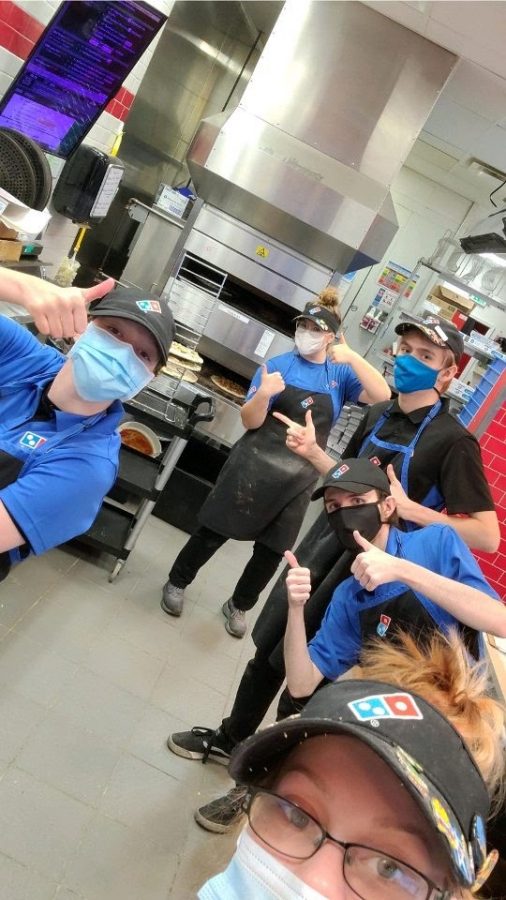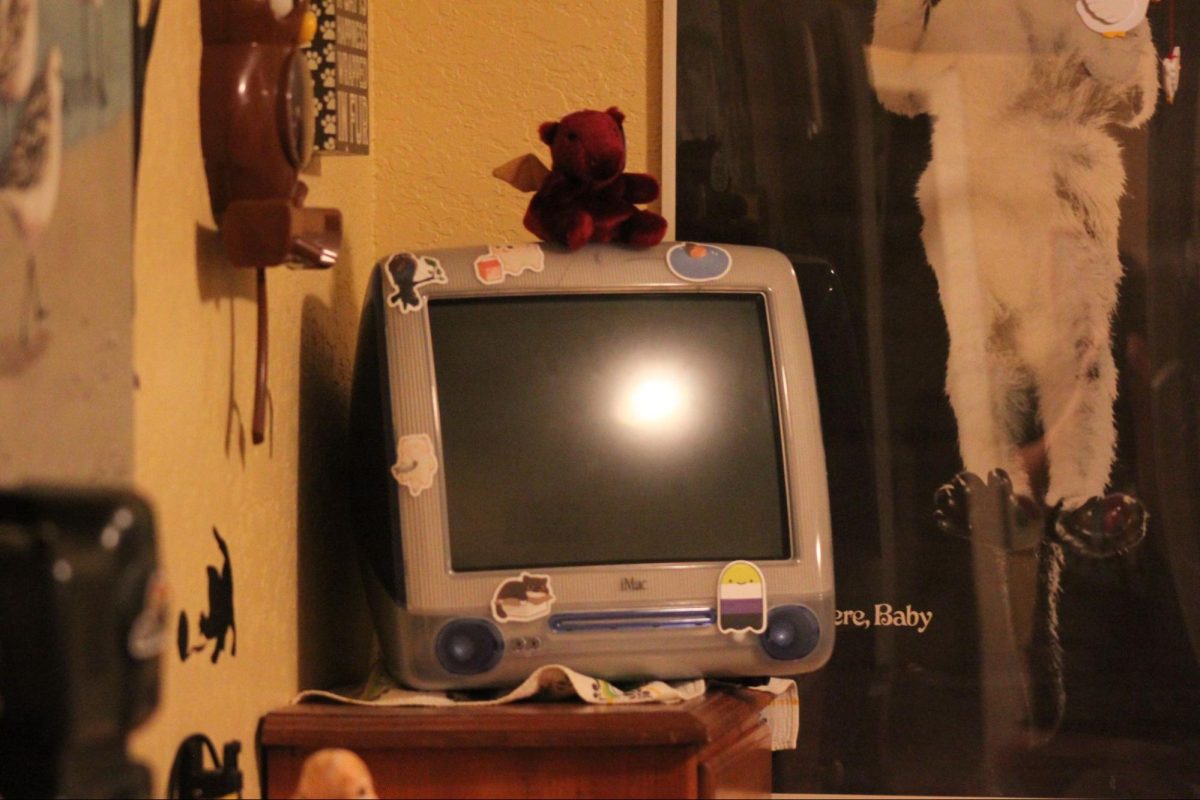Balancing work and school before the pandemic vs. after
October 28, 2020
As a student who started working part-time after school started back up this fall, I had some difficulties with balancing the amount of homework with my work schedule. Out of curiosity, I went to social media and posted that I was looking to interview Bothell students who also worked part-time. Unfortunately, having received zero responses through social media, I had to personally reach out to some friends who I knew had jobs while attending Bothell High School.
I wanted to get some insight as to why I didn’t get any responses from working students and found that the U.S. Department of Labor shows teen participation in the workforce drastically decreasing. A graph depicted on their website showed that there was 60% labor force participation among teens in the year 1979, but that percentage went down to about 35% by the year 2015. The U.S. Department of Labor also projected that by the year 2024 teen labor participation will only be 26.4% due to high school coursework becoming more advanced and strenuous.
I interviewed a Bothell graduate who I work with about what balancing school and work looked like before the pandemic. Shevi Anderson-Kumar (‘20) started working part-time his freshman year and has had a few jobs since then, he told me that “balancing it out was semi-difficult, but it wasn’t all that bad. It was mainly balancing when my assignments were due and what days I had to work.”
Fortunately for Shevi, when he entered his senior year, things became much easier to balance due to his smaller running-start schedule, “It was definitely odd not having my weekends to study, but it was also nice because I had options at school in order to help me study, whether it was teacher support, et cetera.” When COVID-19 shook the country past spring, lots of things changed, but Shevi wasn’t totally dismayed, “[…] I’ve had previous experience with online classes, so it was sort of normal for me. It was the loss of interaction with my teachers which got me during online classes; I didn’t have the support I needed like I did while classes were in person.” Even though Shevi lost that in-person support, he still had choir, albeit virtually, but he did say “choir made my whole year worth it.”
Salyna Woods (‘21), began working at Michael’s Craft Store at the beginning of September; previously she had reffed soccer games for money on weekends, so a part-time job was definitely something different for her. When she reffed, she was able to create her own schedule based on the amount of schoolwork she had.
However, now someone else is creating her schedule for her and she has to get her work done around it. Salyna is also doing running-start during her senior year, giving her a lighter schedule. “I work three to four days a week, and so having a small work schedule and small school schedule, I’m able to balance work easier and so I could find more time to work and not be stressed when I have school,” she said.
Salyna explained that she gets her work schedule a week in advance, which allows her to make sure she gets her assignments done before. She then uses all of Monday through Wednesday and Thursday and Friday mornings to work on school. When asked if she felt like she had a good support system, Saylna responded, “My parents are there for me if I need them; I have a very good therapist that I talk to if I need anything, and I have friends who will help me with anything that I need.”
It seems that these students don’t have much trouble making sure they get their schoolwork done in order to continue working. I can only hope that other Bothell cougars out there in the workforce are experiencing the same kind of balance and support that Shevi and Salyna are privileged with, and aren’t feeling stressed about working part-time during a pandemic that forced schools like ours to teach virtually.








Michael Pizzo • Nov 4, 2020 at 11:07 am
Great article. Students today are juggling so many things. I want to encourage them all to stay the course make sure they all recharge their batteries.
Wendy Wands • Oct 30, 2020 at 8:44 am
Fantastic article, when my 2 daughters were teens, I let them know, that they could work but SCHOOL CAME 1st!! One of them had her grades start declining and yep, “mean ol mom” told her she had to quit. Even when I was in college, (Go Blue Hens! U of Delaware), my parents said school comes 1st and college was my job! Thanks…Ms. Wands
Wendy Wands • Oct 30, 2020 at 7:47 am
Really enjoyed this well written article!! Ms. Wands